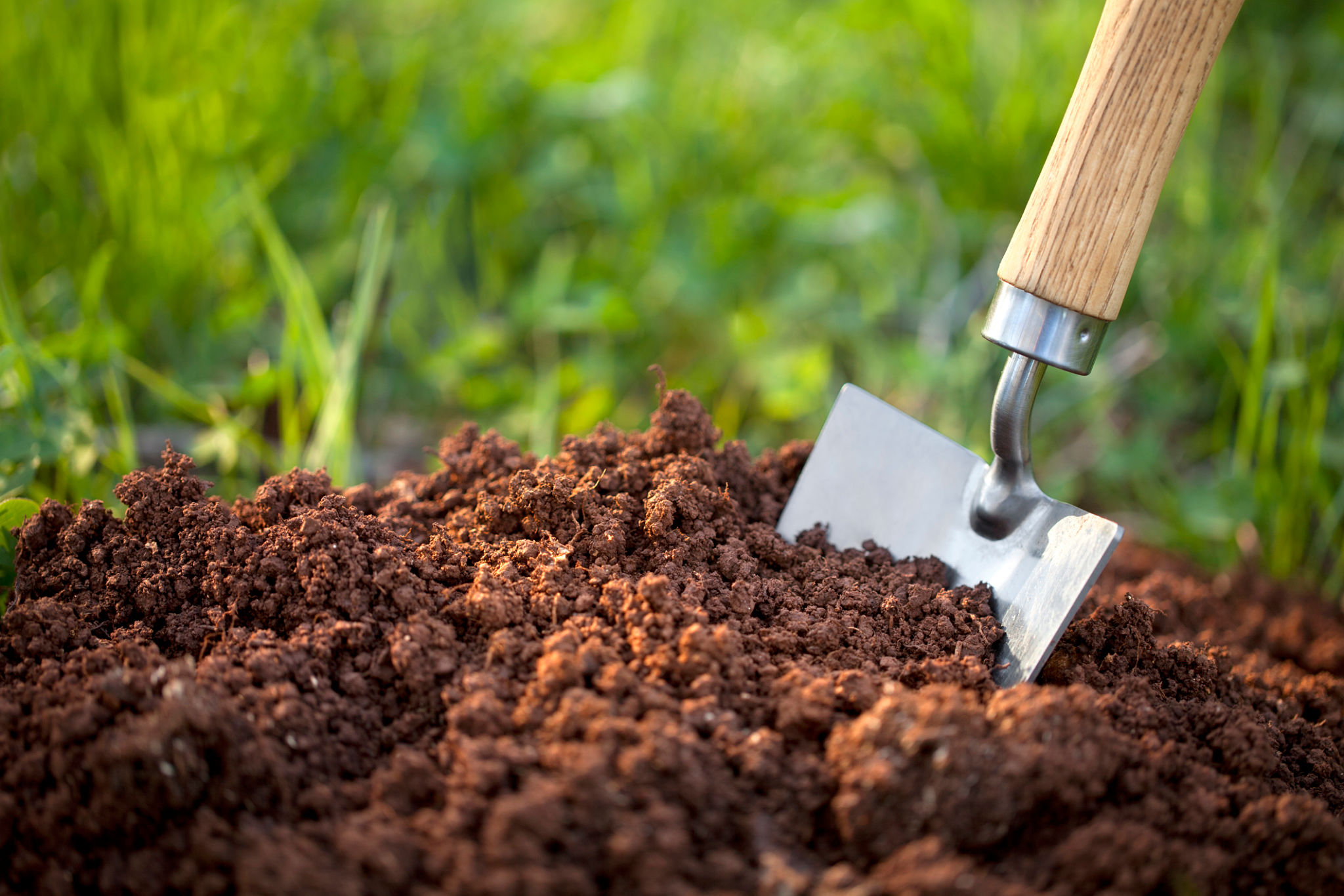How to Start Your First Urban Garden in Tucson: A Step-by-Step Guide
Understanding Urban Gardening
Urban gardening is a fantastic way to utilize small spaces in cities like Tucson to grow fresh produce and beautify your surroundings. It's not only a rewarding hobby but also a step towards sustainability. Starting your first urban garden can seem daunting, but with proper planning and resources, it's entirely feasible.
In Tucson, the climate is semi-arid, with ample sunshine and mild winters, making it suitable for a variety of plants. Understanding the local climate is crucial in selecting the right plants and ensuring their growth. Choosing the right location for your garden is the first step in creating your urban oasis.

Choosing the Right Location
The location of your urban garden plays a significant role in its success. Look for a spot that receives at least six to eight hours of sunlight per day. This could be a balcony, rooftop, or even a windowsill. Assess the available space and consider using vertical gardening techniques to maximize your area.
In addition to sunlight, make sure that the location has good drainage. Tucson's soil is often sandy, which aids drainage, but if you're using pots or raised beds, ensure there are adequate drainage holes. Accessibility to water sources is another factor to consider, as regular watering is crucial in Tucson's dry climate.
Selecting the Right Plants
When it comes to choosing plants for your urban garden, consider varieties that thrive in Tucson’s climate. Some excellent options include tomatoes, peppers, herbs like basil and mint, and succulents. These plants are well-suited for the heat and require relatively low maintenance.

Another important consideration is planting season. The best time to start most vegetable gardens in Tucson is in early spring or fall. Make sure to consult local gardening guides or nurseries for specific planting advice and recommendations.
Setting Up Your Garden
Once you've chosen your plants and location, it's time to set up your garden. Start by preparing the soil, especially if you're planting directly in the ground. You may need to amend it with compost or organic matter to improve fertility. For container gardens, use a high-quality potting mix.
Plan your garden layout to ensure each plant has enough space to grow. In container gardens, group plants with similar water and sunlight needs together. Companion planting can also be beneficial in maximizing growth and deterring pests naturally.

Caring for Your Urban Garden
Regular maintenance is key to a thriving urban garden. This includes consistent watering, particularly during dry spells. Consider installing a drip irrigation system or using self-watering pots to conserve water and simplify your routine.
Pest management is another important aspect of garden care. Integrated Pest Management (IPM) involves using natural predators and organic solutions to control pests without harming beneficial insects or the environment.
Enjoying Your Harvest
The most rewarding part of urban gardening is enjoying your harvest. Keep track of when each plant is ready for harvest to enjoy fruits and vegetables at their peak flavor and nutritional value.
Share your bounty with friends and family or learn how to preserve surplus produce through methods like canning or drying. Not only will this extend the life of your harvest, but it also brings a sense of accomplishment and satisfaction.

Conclusion
Starting an urban garden in Tucson is an enriching experience that contributes to personal well-being and environmental sustainability. With careful planning and dedication, you can transform even the smallest space into a productive and beautiful garden.
Whether you're growing herbs on a windowsill or cultivating vegetables on a rooftop, urban gardening offers endless possibilities for creativity and growth. Embrace this green journey and enjoy the fruits of your labor!